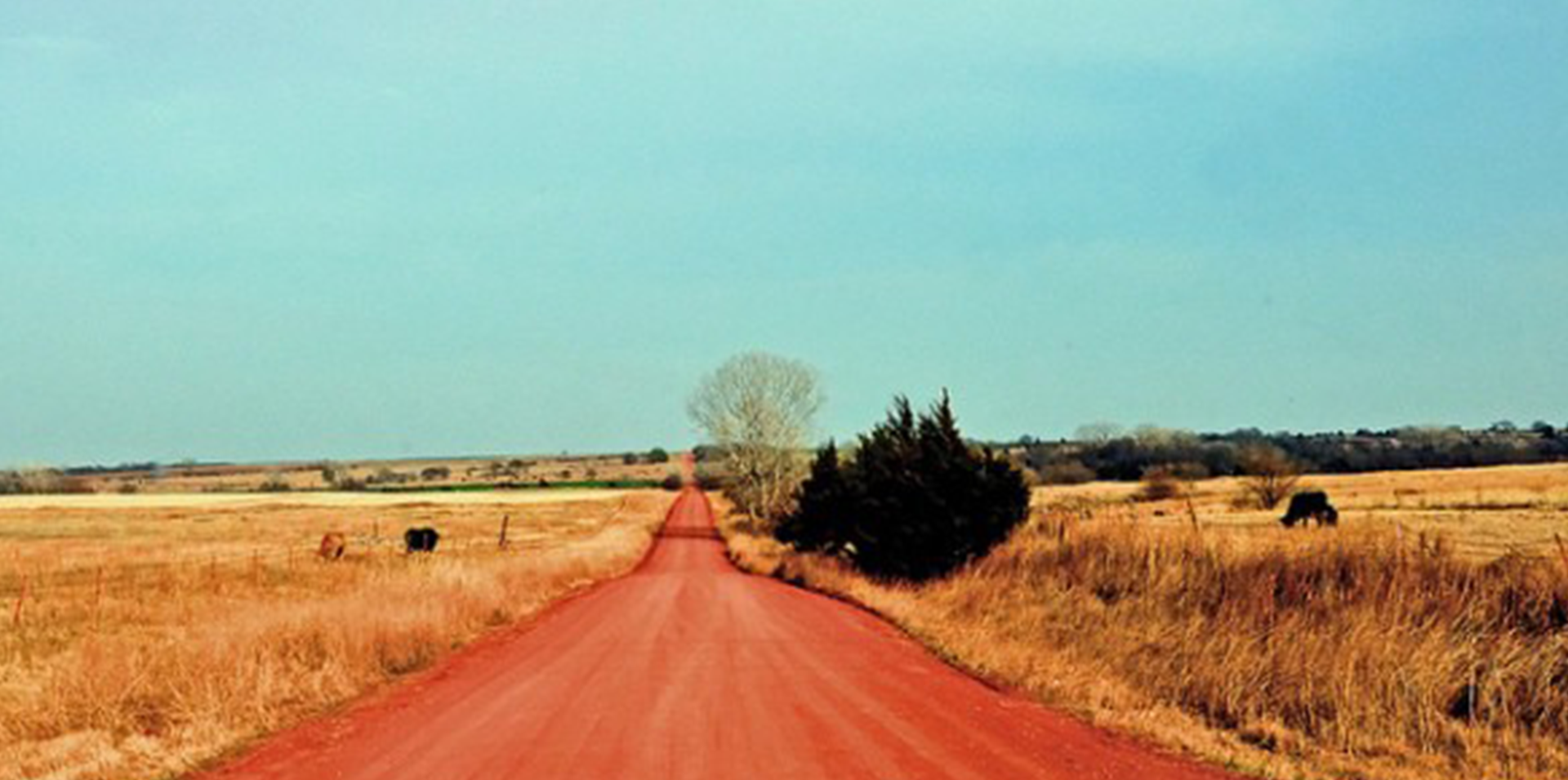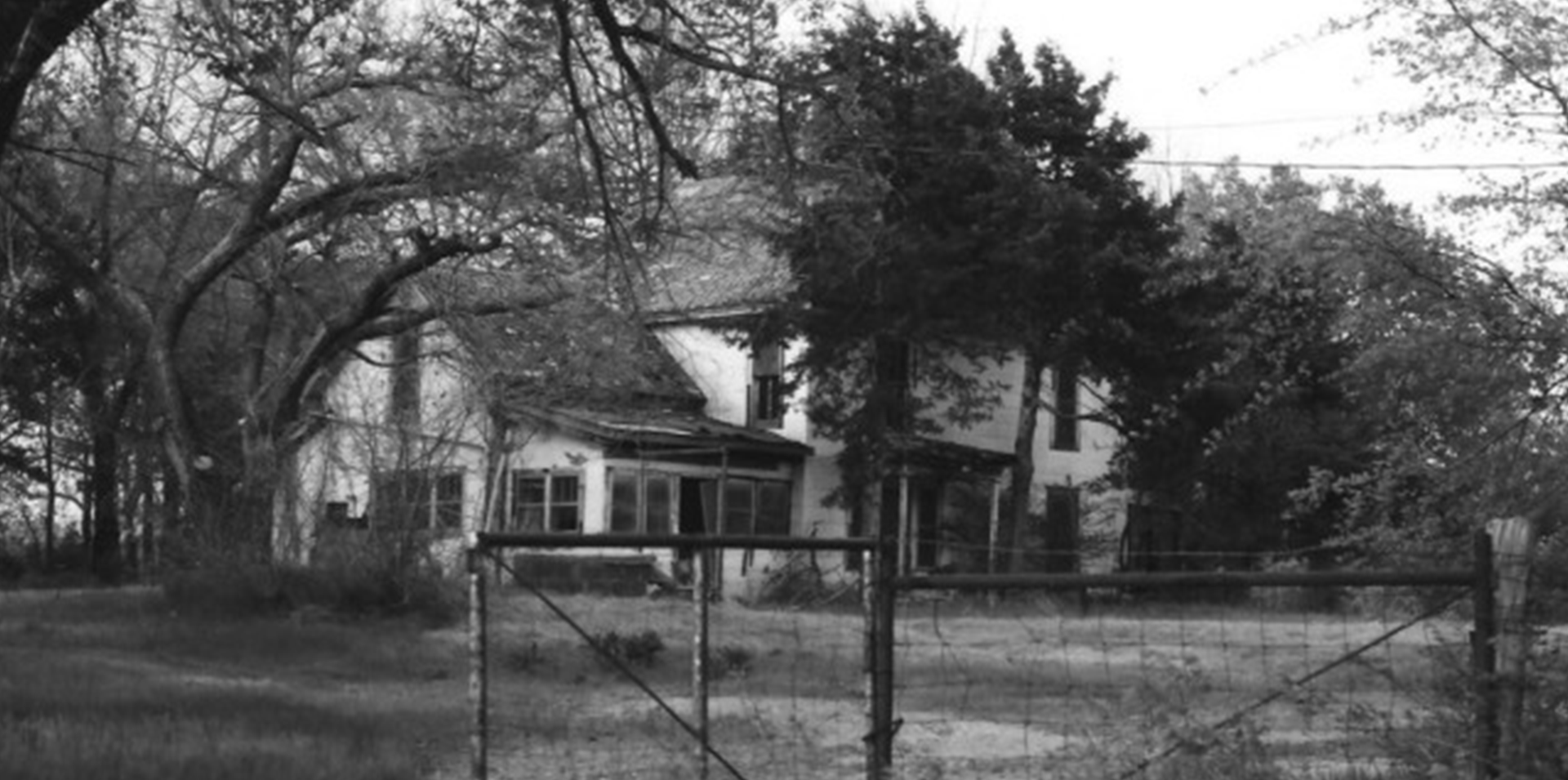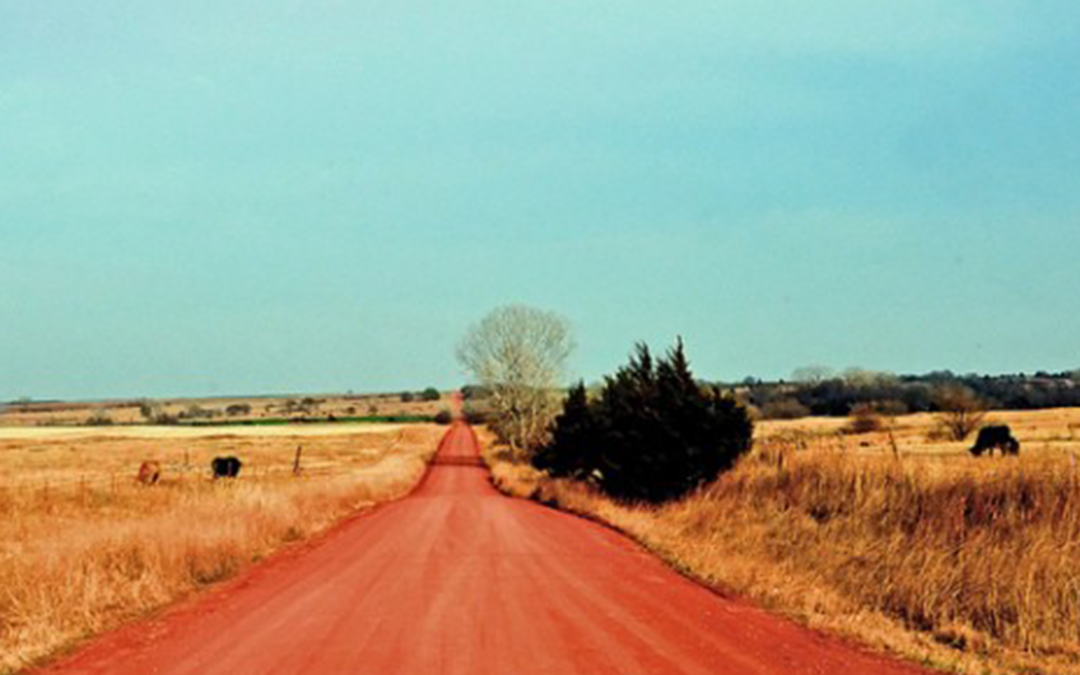
A rebellious side of southern music gets its name from the color of the soil in the location of its origins: Oklahoma. Named for its story over its sound makes the most sense for this particular genre, as the term represents many artists with different musical backgrounds. Some of the predecessors of Red Dirt music include honky-tonk, folk, rock-and-roll, southern rock, blues, bluegrass and Tulsa sound. Known for its disregard of industry influence and the openness of collaboration. In the soil of Stillwater, Oklahoma, far from any big city, Red Dirt got its start.
Though there have been many variants of sound within the Red Dirt genre from the beginning, and now term encompasses even more. The sound can be broadly described as anything that bridges rock and country. As is the same with many other genres: there are other places, styles and cultures responsible for the melting pot that is Red Dirt music. However, marketing, branding and packaging musical acts necessitates a term for labels to name what they’re selling. In this genre’s case, around the early 2000s Texas country and Oklahoma country were both lumped under the umbrella term of Red Dirt. Though the lines between these two locations and genres have been blurred for convenience’s sake, the story of Red Dirt comes from a specific time and place in Oklahoma, and the influence of the culture that was created there is responsible for much of the development of the sound.
The Farm

A rebellious side of southern music gets its name from the color of the soil in the location of its origins: Oklahoma. Named for its story over its sound makes the most sense for this particular genre, as the term represents many artists with different musical backgrounds. Some of the predecessors of Red Dirt music include honky-tonk, folk, rock-and-roll, southern rock, blues, bluegrass and Tulsa sound. Known for its disregard of industry influence and the openness of collaboration. In the soil of Stillwater, Oklahoma, far from any big city, Red Dirt got its start.
Though there have been many variants of sound within the Red Dirt genre from the beginning, and now term encompasses even more. The sound can be broadly described as anything that bridges rock and country. As is the same with many other genres: there are other places, styles and cultures responsible for the melting pot that is Red Dirt music. However, marketing, branding and packaging musical acts necessitates a term for labels to name what they’re selling. In this genre’s case, around the early 2000s Texas country and Oklahoma country were both lumped under the umbrella term of Red Dirt. Though the lines between these two locations and genres have been blurred for convenience’s sake, the story of Red Dirt comes from a specific time and place in Oklahoma, and the influence of the culture that was created there is responsible for much of the development of the sound.
Nemo enim ipsam voluptatem quia voluptas sit aspernatur aut odit aut fugit, sed quia consequuntur magni dolores eos qui ratione voluptatem sequi nesciunt. Neque porro quisquam est, qui dolorem ipsum quia dolor sit amet, consectetur, adipisci velit, sed quia non numquam eius modi tempora incidunt ut labore et dolore magnam.
ARTISTS + CULTURE
Many notable artists either found residency at The Farm. Bob Childers, Jimmy LaFeve, The Red Dirt Rangers, Tom Skinner and Garth Brooks to name a few. Bob Childers even had his own trailer on the property next to the carriage house he was renovating into “The Gypsy Café:” the main stage for shows at the Farm. For twenty plus years The Farm served as a communal living hotspot for creatives, the birthplace of many bands and records. Unfortunately, the decline of The Farm came in 2003 when the house burned down. However, the Gypsy Café still stands and the legend of The Farm lives on in the people of Stillwater.
Though there have been many variants of sound within the Red Dirt genre from the beginning, and now term encompasses even more. The sound can be broadly described as anything that bridges rock and country. As is the same with many other genres: there are other places, styles and cultures responsible for the melting pot that is Red Dirt music. However, marketing, branding and packaging musical acts necessitates a term for labels to name what they’re selling. In this genre’s case, around the early 2000s Texas country and Oklahoma country were both lumped under the umbrella term of Red Dirt. Though the lines between these two locations and genres have been blurred for convenience’s sake, the story of Red Dirt comes from a specific time and place in Oklahoma, and the influence of the culture that was created there is responsible for much of the development of the sound.

Because of the rich story of the making of this genre, the term Red Dirt gains a lot more meaning. It can refer to Texas country, Oklahoma southern rock, as well as the music of any artists who come from or have spent significant time in Stillwater. The All-American Rejects are even considered Red Dirt artists who they met and formed there. The Farm’s impact also continues to live on in “Bob Childers’ Gypsy Café,” a songwriter festival which just celebrated its tenth anniversary. The festival is held at the same stage Bob Childers built himself and all benefits go to the Red Dirt Relief Fund, benefitting Oklahoma artists in need.
Since the shut-down of The Farm, new Red Dirt music is much less centralized. But the spirit of the community that was formed nearly forty years ago continues to be fundamental to the sound. Collaboration, thoughtful lyrics, cross-polination of genres and a supportive community are the pillars of Red Dirt.
Though there have been many variants of sound within the Red Dirt genre from the beginning, and now term encompasses even more. The sound can be broadly described as anything that bridges rock and country. As is the same with many other genres: there are other places, styles and cultures responsible for the melting pot that is Red Dirt music. However, marketing, branding and packaging musical acts necessitates a term for labels to name what they’re selling. In this genre’s case, around the early 2000s Texas country and Oklahoma country were both lumped under the umbrella term of Red Dirt. Though the lines between these two locations and genres have been blurred for convenience’s sake, the story of Red Dirt comes from a specific time and place in Oklahoma, and the influence of the culture that was created there is responsible for much of the development of the sound.



